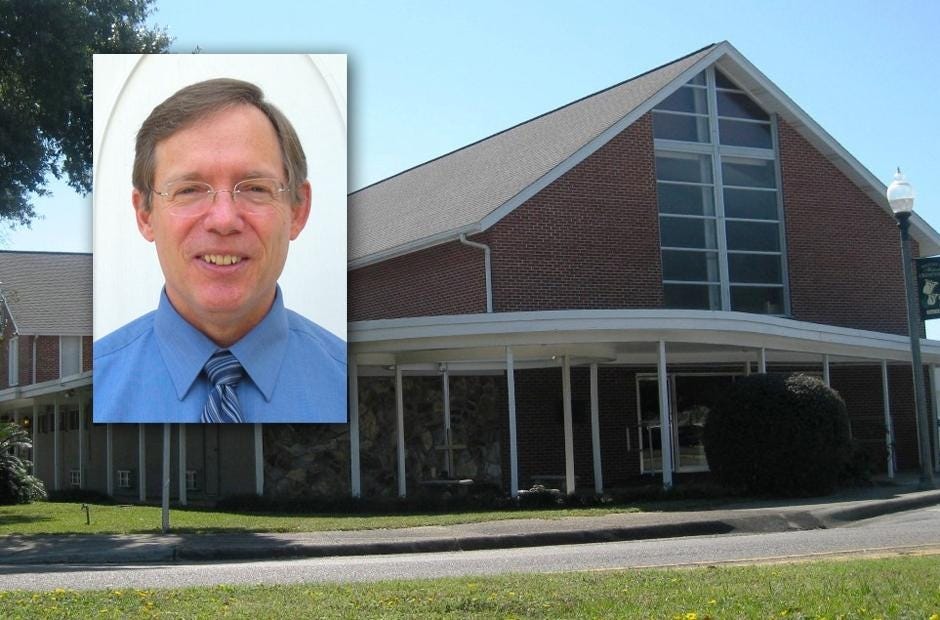![The Rev. Mark Broadhead is pastor at Laurel Hill Presbyterian Church and First Presbyterian Church of Crestview. [File photos | News Bulletin]](http://127.0.0.1/wordpress/wp-content/uploads/2022/01/ghows-DA-4c70f6d3-bbef-7413-e053-0100007fd2c9-130d1c26.jpeg)
Editor's Note: This is the first of two columns discussing the last week of Jesus's life before his crucifixion.
April 9 is Palm Sunday, the start of the last week in the life of our Lord on earth. It started with, in essence, a parade.
Jesus was placed on the back of a donkey to ride into the city of Jerusalem. People heard he was coming and rushed to line the roadway to cheer him on. They covered the road with their cloaks, tunics, and palm branches.
These were two symbolic actions that are typically lost on the modern mind. The placing of articles of clothing and palm branches was the early version of the red carpet treatment. By their actions, the people declared Jesus to be their leader.
They shouted, "Hosanna!" which translates, "Save now!" By word and action, they were declaring, "We acknowledge you as our leader who is going to save us from the hardships of life!"
The second symbolic act was Jesus riding on a donkey, more symbolism lost on us today.
In ancient times, whenever a king rode into a town on a horse, it was a declaration that the king was arriving to wage war. The horse was a symbol of power, strength and authority.
When a king rode on a donkey, it was a symbol that the king was arriving to declare peace. The donkey was a symbol of calm and serenity.
So if Jesus was riding into Jerusalem to become king of the people, to lead them into freedom from Rome, why was he riding a donkey? To some, it didn't make sense.
In some ways, Jesus doesn't make sense because his teachings counter how people typically think and react.
He taught, if someone strikes you on the cheek, don't retaliate. If someone is your enemy, love them. Pray for those who persecute you. Don't fight evil with evil, but overcome evil with good. These teachings are still alive today! There is nothing about force in his teachings.
And this is one of the things that eventually led to some people wanting to have Jesus put to death. He was not going to physically fight Rome. He was not going to give people what they demanded. People of power and authority were threatened or disillusioned.
Jesus rode into Jerusalem that day on a donkey — in a declaration of peace. The people declared Jesus to be their leader and king.
But the people were fickle. By mid-week, the declarations of love and loyalty expressed on Sunday turned into cries of hatred and violence by Thursday.
The Rev. Mark Broadhead is pastor at Laurel Hill Presbyterian Church and First Presbyterian Church of Crestview.

This article originally appeared on Crestview News Bulletin: Analyzing Christ's arrival in Jerusalem
